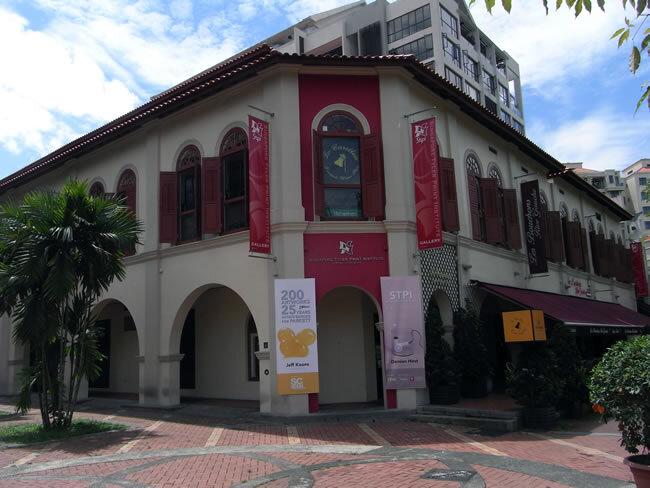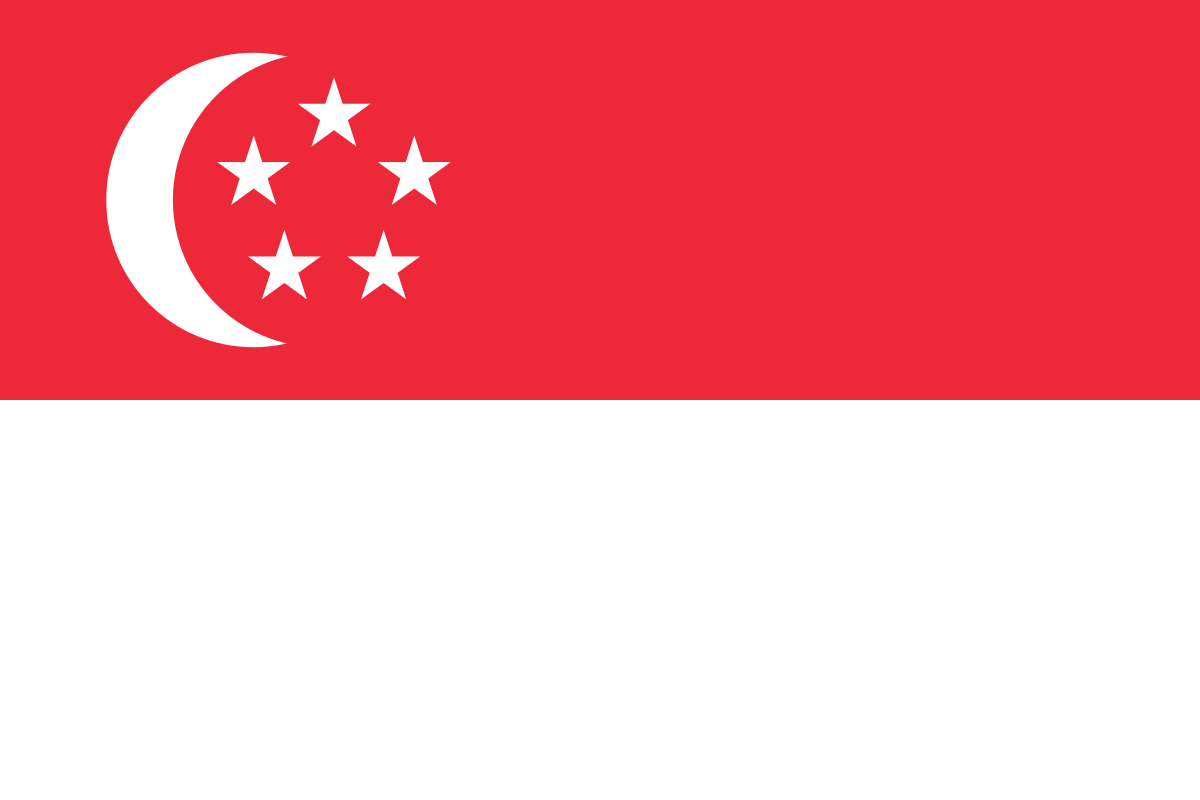SINGAPORE
INTRODUCTION:
Singapore is a beautiful island country located in Southeast Asia. It is a small country only 137 kilometres. But even if its small it has made its way up to being the smartest city in Asia and has one of the most advanced economies in Southeast Asia. It is a part of the Four Asian Tigers which are: Hong Kong, Singapore, South Korea and Taiwan. The Four Asian Tigers are known for their rapid industrialization and high economic growth.

HISTORY:
Singapore has a huge history. If we try to study it, it might take 2 hours. But we can summarize it in some points.
- Singapore was originally known as Temasek which means ‘sea town’ as Singapore was a trading town for various empires.
- Later on in the 14th century, a Malay prince established his kingdom on this island and named it Singapura which means ‘lion city’ after a mythical lion he saw.
- In 1819 Sir Stamford Raffles established his rule in Singapore as a trading post.
- Singapore became a part of the Strait Settlements, a British colony established in 1826 that consisted of Singapore, Penang, and Malacca.
- In World War 2, Singapore was occupied by Japan.
- Singapore attained self-governance in 1959. In 1963, Singapore joined the federation of Malaysia but due to differences it became an independent republic.
- Lee Kuan Yew is the first Prime Minister of Singapore. The current Prime Minister is Lawrence Wong. The current President of Singapore is Tharman Shanmugaratnam.
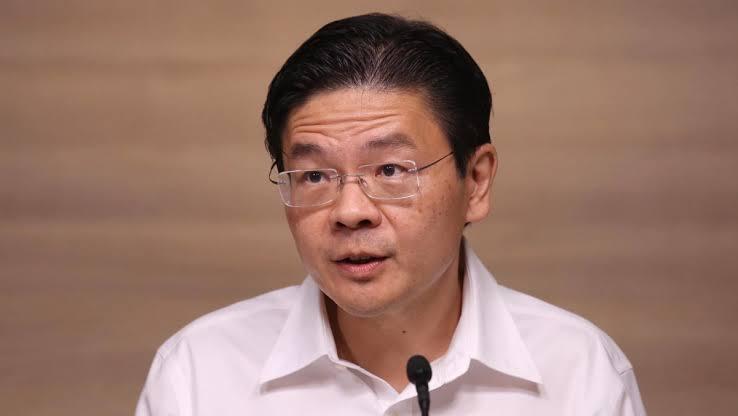
CULTURE:
- Singapore actually does not have a specific culture as it has various cultures in it. The most common one is the Chinese.
- Next are the Malay, who are mostly Muslim and Chinese and have beautiful cuisines and celebrate festivals like Eid-al-Fitr.
- After that are Indians who are mostly Tamil, Malayalee and Punjabi people. They have also enriched Singapore’s culture and celebrate festivals like Diwali and Thaipusam.
- Eurasians, who are basically the descendants of Europe and Asian marriages are in the next place who have contributed a unique cultural heritage to Singapore.
- People from other places also reside in Singapore but they are not as common as they ones we saw.
- The official language is English, but Mandarin, Malay and Tamil are also widely spoken.
- Singaporean cuisine is a fusion of Chinese, Malay, Indian, and Western influences, resulting in dishes like chili crab, laksa, and roti prata.
- Singapore celebrates a variety of festivals, including Chinese New Year, Hari Raya Aidilfitri, Deepavali, and Christmas.
- Singaporeans are known for their strong values, including discipline, hard work, and respect for authority.
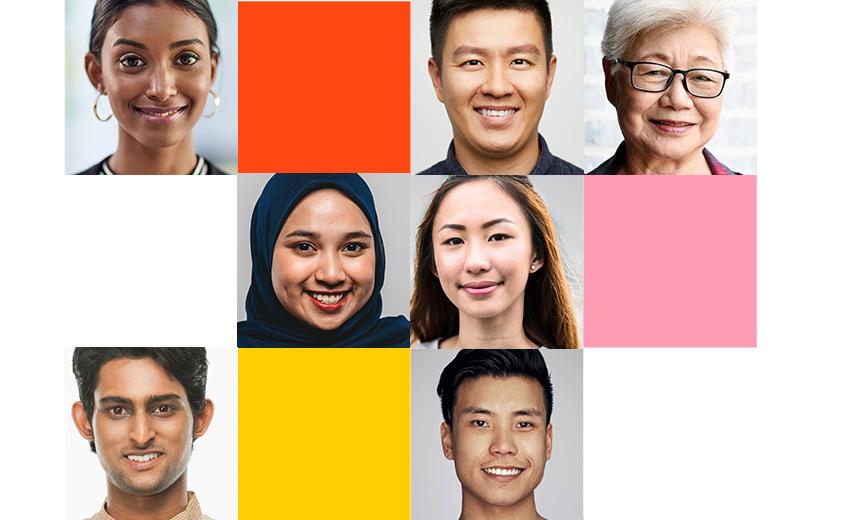
ART AND ARCHITECTURE:
Key Architectural Features:
- Gardens by the Bay: This futuristic waterfront park is a must-see for visitors. The Supertrees, towering vertical gardens, are iconic landmarks that provide stunning views of the city.
- Marina Bay Sands: This integrated resort is a symbol of Singapore's wealth and ambition. Its three towers are connected by a SkyPark, which features an infinity pool with panoramic views.
- Singapore Flyer: This giant Ferris wheel offers breathtaking views of the city skyline and the Marina Bay area.
- Esplanade – Theatres on the Bay: This performing arts centre is known for its distinctive durian-shaped roof. It hosts a variety of cultural events, including concerts, theatre productions, and dance performances.
- Merlion Park: The Merlion, a mythical creature with a lion's head and a fish's body, is Singapore's iconic symbol. The Merlion Park offers a picturesque setting for photo opportunities.
Traditional Architecture:
While Singapore is known for its modern architecture, there are also examples of traditional buildings that showcase the island's heritage. These include:
- Chinatown: This historic district features colourful shophouses and temples that reflect Chinese culture.
- Kampong Glam: This Malay neighbourhood is known for its Sultan Mosque and traditional Malay houses.
- Little India: This vibrant district is home to Hindu temples, Indian restaurants, and colourful sari shops.
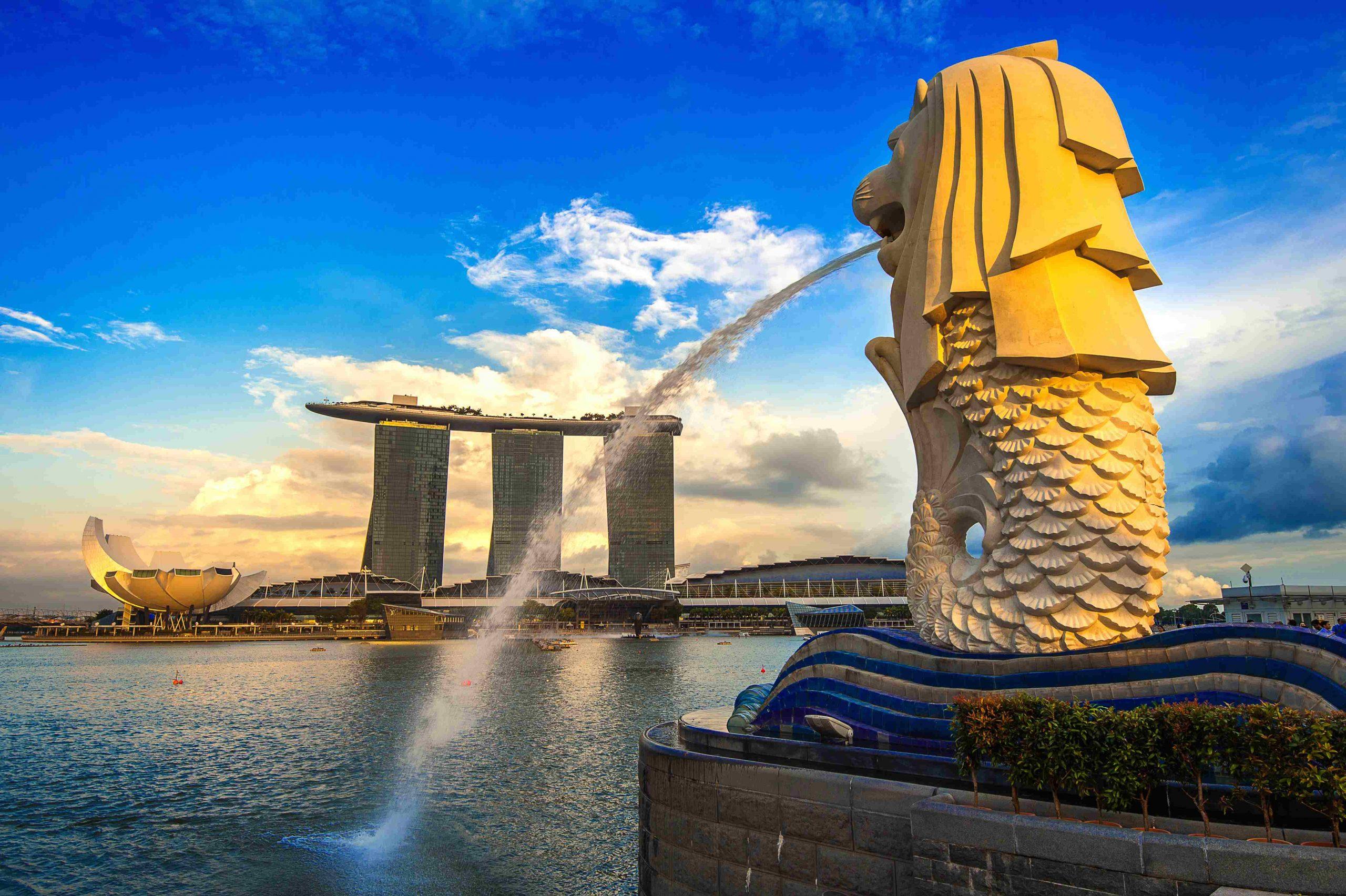
For art we have:
- National Gallery Singapore: This museum houses the world's largest collection of Southeast Asian art.
- Singapore Art Museum: This museum showcases contemporary art from Singapore and the region.
- The Singapore Tyler Print Institute: This institution is dedicated to promoting printmaking and print-based art.
